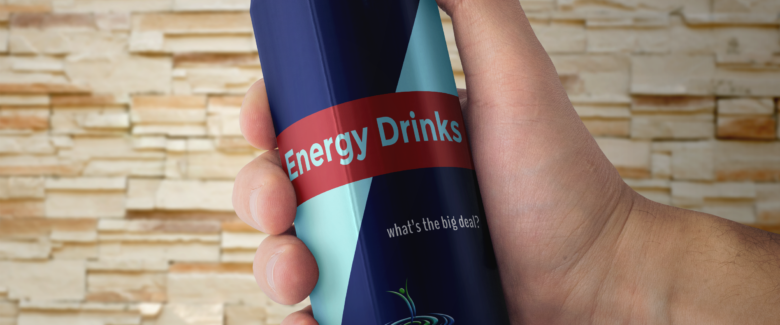Every time I research a subject I end up going down a rabbit hole of information. That happened when I was researching a post I’m writing on focus. Caffeine is commonly used to help with focus and kids are always asking me why energy drinks are so bad for you if they contain the same amount of caffeine as a cup of coffee or a supplement for focus. After 15 to 30 minutes of consuming caffeine, you will experience a heightened sense of alertness and concentration due to its stimulating effects.
For most people, it is safe to use occasionally for exams, presentations or a long drive. But it’s not for everyone.
Caffeine, a central nervous system stimulant, increases heart rate and blood pressure. High blood pressure affects the heart and kidneys.
Effects of central nervous system stimulants include:
Anxiety
Reduced appetite
Restlessness
Sweating
Increase blood glucose
Tremors
Digestive problems
High blood pressure
Dehydration
Keep in mind that Ritalin and Adderall are also central nervous system stimulants. Don’t use these medications with other central nervous system stimulants.
Caffeine is addictive, so is sugar. The more you consume it the more you can’t seem to function without it.
Combined with sugar, caffeine is even more harmful. The 20 plus grams of sugar raises blood glucose levels to give instant energy but a crash soon after. When we repeat this behavior time and time again our cells become less sensitive to insulin and this often leads to type 2 diabetes. It also causes fat to store around your middle and in your organs, especially the liver.
As the crash from the sugar high occurs so does the crash from running out of caffeine. This crash can cause so much fatigue and foggy head that the only option seemingly available is more sugar and caffeine.
Caffeine and Sugar withdrawal symptoms include:
- Fatigue
- Headache
- Foggy head
- Irritability
- Constipation
Caffeine and sugar are not great in large amounts, got it! But how does what we have just covered differ from your average cup of sugar-sweetened coffee? So what else is in energy drinks that would double the number of emergency room visits in the last few years?
Glucuronolactone is a compound created when you convert glucose (blood sugar) to glycogen which is a form of energy stored in the liver and muscle cells. It has many beneficial properties including increasing energy and focus. Energy drinks contain about 600mg which is around 200 times the normal daily intake.
Guarana is another component of many energy drinks. It is a popular supplement for weight loss. On its own, it too appears harmless. It does contain caffeine which increases the caffeine total in the energy drinks and as a central nervous system stimulant, it can raise heart rate and blood pressure.
Taurine is an amino acid that is present in most energy drinks in large amounts. Usually, around 1000mg can be found. As an amino acid, we can make it naturally and also get it from animal protein sources. We consume approximately 400mg a day. Taurine has many beneficial properties and is considered safe up to 3000mg.
These numbers are per serving. There are at least 2 servings in the average energy drink container.
What we don’t know, is how the high levels of the sugar, caffeine and these added compounds affect the average body. And we can only speculate what it does if a person has difficulty detoxing or is already adrenal, kidney or liver compromised. What we do know is that energy drinks increase blood pressure and that is enough for me to discourage their use without supervision from a physician.
A detox can help reset your system to function well again and break a dependence on energy drinks. It typically involves:
- Flushing the body with large amounts of water which can also help decrease withdrawal symptoms
- Eating nutrient dense foods that include a high quantity of vegetables, pasture or wild raised protein and healthy fats
- Taking 20-minute naps if fatigue or foggy head occurs
- Taking nutritional supplements to help with liver, kidney, and adrenal function
- Limiting carbohydrates to vegetables and some low-allergenic grains
- Sleeping 8-9 hours a night



What about a 10 year old that has trouble paying attention?
With a 10 year old I would start with a 2 week trial of avoiding sugar and if you can find enough meals for them, I would even suggest removing the top allergens (egg, gluten, soy, peanut, corn, milk products, and citrus) for the same 2 weeks. If you notice an improvement, slowly (every 3 days) add in a food. Continue if the improvement continues. Wait until the end to add in sugar. Probiotics and a high quality fish oil are both important as well.